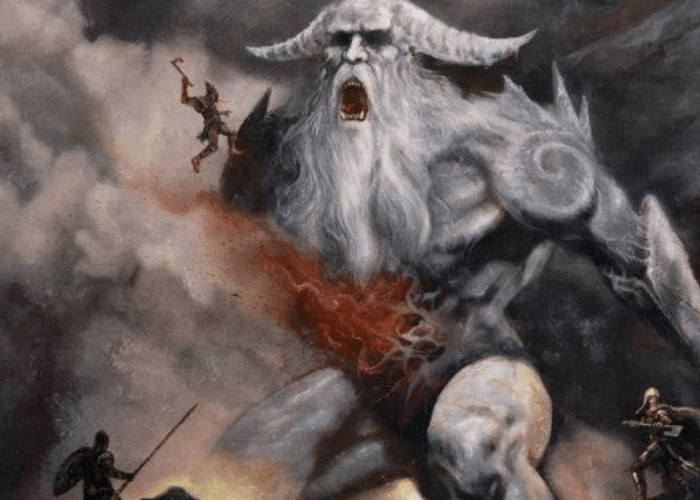Giants were powerful and significant figures in Norse mythology, often portrayed as fierce and formidable enemies of the gods. According to mythology, the giants were the first beings to exist in the universe, and they were said to possess great power and knowledge.
Some of the most significant giants in Norse mythology include:
Ymir: The first giant, who was created from the primordial chaos of the universe.
Surt: The giant who would bring about the end of the world during Ragnarok.
Thrym: The giant who stole Thor's hammer, Mjolnir, and demanded the goddess Freyja as his bride in exchange for its return.
The significance of giants in Norse mythology lies in their representation of chaos and destruction. They were often seen as powerful and unpredictable forces that threatened the stability of the natural world and the order of the gods.
Giants can also be interpreted as a reflection of Norse society's attitudes towards the natural world and the power of nature. The Norse people lived in a harsh and unpredictable environment, and their survival depended on their ability to understand and work with the natural world.
Overall, giants were powerful and significant figures in Norse mythology, representing the primal forces of chaos and destruction that threatened the stability of the universe.
Works Cited:
Lindow, John. Norse Mythology: A Guide to Gods, Heroes, Rituals, and Beliefs. Oxford University Press, 2002.







